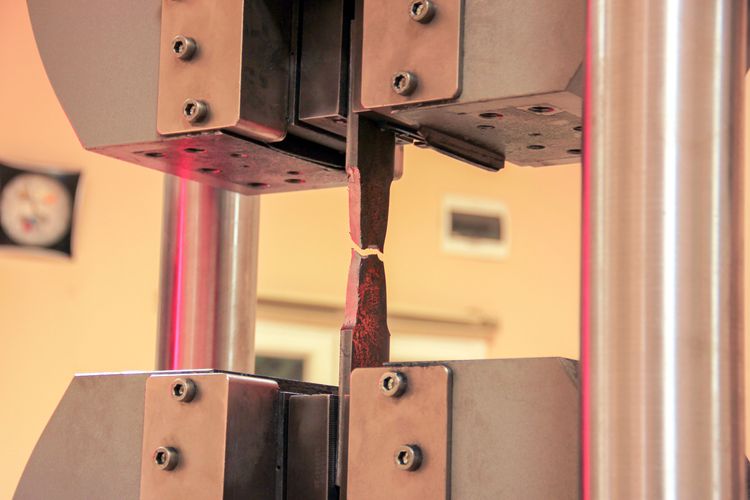Steel is a vital raw material in several manufacturing industries. Steel quality is crucial as it directly impacts the strength and durability of the final product. The chemical composition of steel provides valuable information about its properties, but testing is necessary to validate its strength, hardness, and quality.
However, before looking into the types of tests, it is essential to understand some key terms:-
1.Coupon: A coupon is a sample material taken from a master plate or produced through the same forging process, ensuring that it represents the master plate and is used for testing purposes.
There are two types of coupons: -Longitudinal coupons (LCVN) and transverse coupons (TCVN). An LCVN coupon is taken in the direction of the rolling direction of the plate, while a TCVN coupon is taken transverse to the rolling direction. LCVN coupons generally have higher yield and tensile strength than TCVN coupons, as they follow the steel grain. Structural engineers often consider LCVN and TCVN coupon test results while choosing materials.
2. Lamination: A lamination is a flaw or defect in a steel or metal alloy material that can weaken its structural performance. Various factors, including folds, layers, foreign materials, and trapped gases during the rolling process, can cause it. Lamination occurs when the defect or foreign material in the ingot spreads as the material is rolled into the desired size and thickness. Some steel materials have an acceptable lamination threshold, where some laminations are permitted until the risk of material failure becomes too high.
3.Mill Test Reports: A mill test report (MTR) is a document that shows the origin and composition of the material, as well as the results of its testing. It serves as a quality assurance document that provides engineers with the exact composition and performance of the material. MTRs are often included with every steel material purchase and can always be requested if not provided.






 +91 7208055523
+91 7208055523
 Help & support
Help & support
